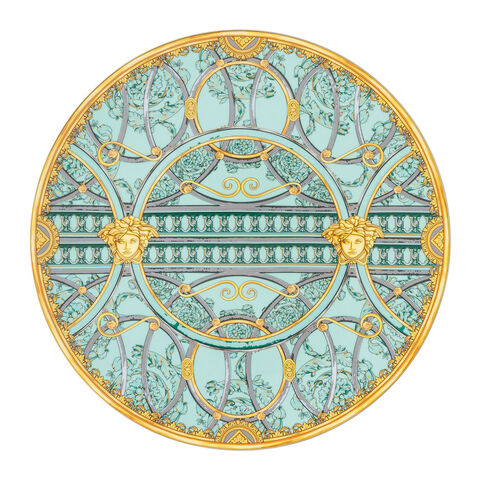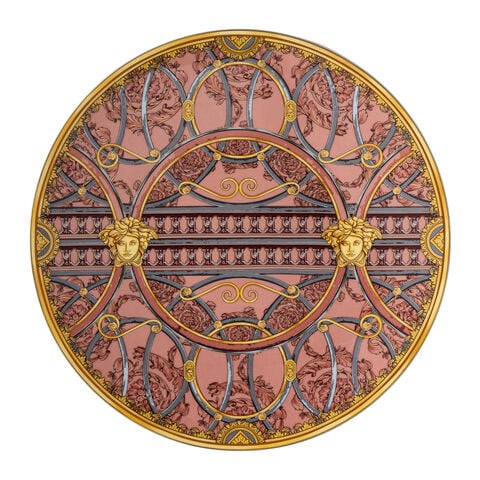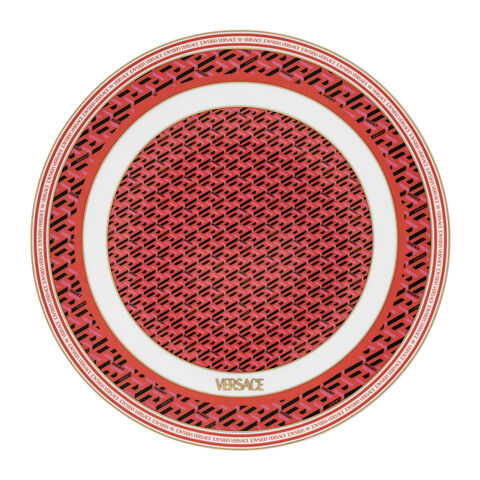Rosenthal porcelain age determination – factory marks and design features
The stamps on Rosenthal porcelain are a decisive clue for determining the age of Rosenthal porcelain pieces. The factory marks in particular – the porcelain marks on the underside – have changed several times over the course of Rosenthal's 140-year company history and allow for rough dating.
Although the year of production and authenticity cannot always be clearly determined from the stamp by laypeople, the marks provide valuable guidance for collectors. Our overview of the Rosenthal mark chronology illustrates the continuous development of the logos and factory marks. Most Rosenthal porcelain bears the well-known crown stamp with crossed rods, while the earliest pieces (1887–1891) still featured a painter's palette with the initials “Ph.R.&Co.” as a mark. The most important factory marks of Rosenthal porcelain are presented and explained chronologically below to assist in determining age and classification.
 1887–1891: First Rosenthal mark from the founding period
1887–1891: First Rosenthal mark from the founding period
Rosenthal's earliest porcelain mark (1887–1891) showed a painter's palette with brushes and the initials “Ph.R.&Co.” for Philipp Rosenthal & Co. This trademark dates back to the founding period, when Philipp Rosenthal set up an art and painting studio in Erkersreuth Castle in Selb. The palette as a symbol reflected the craftsmanship of the art. Pieces from this period are rare and can be easily distinguished from later productions by this unique factory mark.
 1891–1906: Crown and crossed rods – Rosenthal & Co.
1891–1906: Crown and crossed rods – Rosenthal & Co.
From around 1891, Rosenthal introduced a trademark featuring crossed rods with a crown above them, flanked by the letters “R.&C.”. This porcelain mark stands for Rosenthal & Co and marks the phase of expansion following the establishment of the company's first production facilities. The crown above the crossed lines became a defining motif and symbolizes the royal quality of the products. This stamp – usually applied as a green underglaze mark – forms the origin of the Rosenthal logo that later became world-famous. Collectors can roughly date pieces with this crown stamp to around the turn of the century (late 19th century).
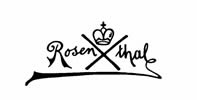 1907–1933: Script logo “Rosenthal” in curved lettering
1907–1933: Script logo “Rosenthal” in curved lettering
From 1907, Rosenthal used a curved logo with the word “Rosenthal”, complemented by a crown and crossed rods as part of the design. This elegant trademark – often underlined by a long line – became established during the German Empire and the Weimar Republic. During this period, the Rosenthal range grew and the brand's international reputation flourished. The logo can be found, for example, on many Art Deco figurines and tableware sets from the 1910s and 1920s. Brands from this era often bear additions such as “Selb Bavaria,” which refers to the place of production in Bavaria.
 1934–1956: Continuity and change in times of crisis
1934–1956: Continuity and change in times of crisis
Between 1934 and 1956, the Rosenthal trademark remained true to its characteristic lettering with a crown. Despite political and economic upheavals (the Nazi regime took action against Philipp Rosenthal because of his Jewish ancestry), the factory mark changed only in minor details. In the 1930s and 1940s, stamps often appeared with the addition of “Germany” or “Selb” to comply with export regulations, but the crown lettering remained recognizable. Collectors should note that many pre-war designs continued to be produced in the 1950s, some with the stamp unchanged. Accurate dating of Rosenthal porcelain from this period therefore sometimes requires further information.
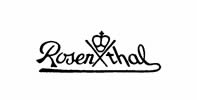 1957–1999: Slight modification of the Rosenthal factory mark
1957–1999: Slight modification of the Rosenthal factory mark
From 1957, the classic Rosenthal logo underwent a careful modernization. The familiar curved lettering with crown and crossed rods was retained, but was slightly simplified graphically and adapted to the spirit of the times. The introduction of the Rosenthal studio-line (1961) also falls within this period, but the classic Rosenthal lettering continued to appear as a base stamp on the traditional series. Porcelain from the 1960s to the 1990s often bears additional designations such as “Selb-Germany” or simply “Germany” under the logo, identifying it as West German production after World War II. Overall, the Rosenthal Porcelain stamp from this period characterizes a company that combines tradition and modernity – it remained in use until 1999.
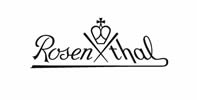 Since 2000: Current Rosenthal factory mark and brand division
Since 2000: Current Rosenthal factory mark and brand division
Since 2000, Rosenthal has been using its traditional trademark in an updated form. The Rosenthal factory mark still features the curved “Rosenthal” lettering with a crown, but now as a uniform logo for all porcelain lines. As part of the reorientation at the turn of the millennium, the brand structures were streamlined: Rosenthal divided its range into modern design lines and classic collections, but retained the central logo. The age of Rosenthal porcelain and tableware collections can therefore be easily determined by the Rosenthal factory mark. This contemporary logo, which retains the spirit of the old days, stands for the combination of traditional brand heritage and fresh design in the 21st century.










 1887–1891: First Rosenthal mark from the founding period
1887–1891: First Rosenthal mark from the founding period 1891–1906: Crown and crossed rods – Rosenthal & Co.
1891–1906: Crown and crossed rods – Rosenthal & Co. 1907–1933: Script logo “Rosenthal” in curved lettering
1907–1933: Script logo “Rosenthal” in curved lettering 1934–1956: Continuity and change in times of crisis
1934–1956: Continuity and change in times of crisis 1957–1999: Slight modification of the Rosenthal factory mark
1957–1999: Slight modification of the Rosenthal factory mark Since 2000: Current Rosenthal factory mark and brand division
Since 2000: Current Rosenthal factory mark and brand division 1961 - 1999
1961 - 1999 1999 - today
1999 - today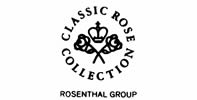 1974 - 1982
1974 - 1982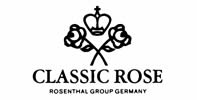 1983 - 1991
1983 - 1991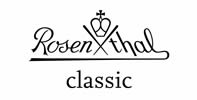 1991 - 2002
1991 - 2002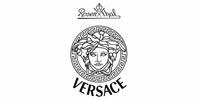 1992 - 2007
1992 - 2007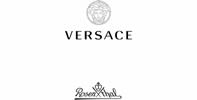 2007 - today
2007 - today

